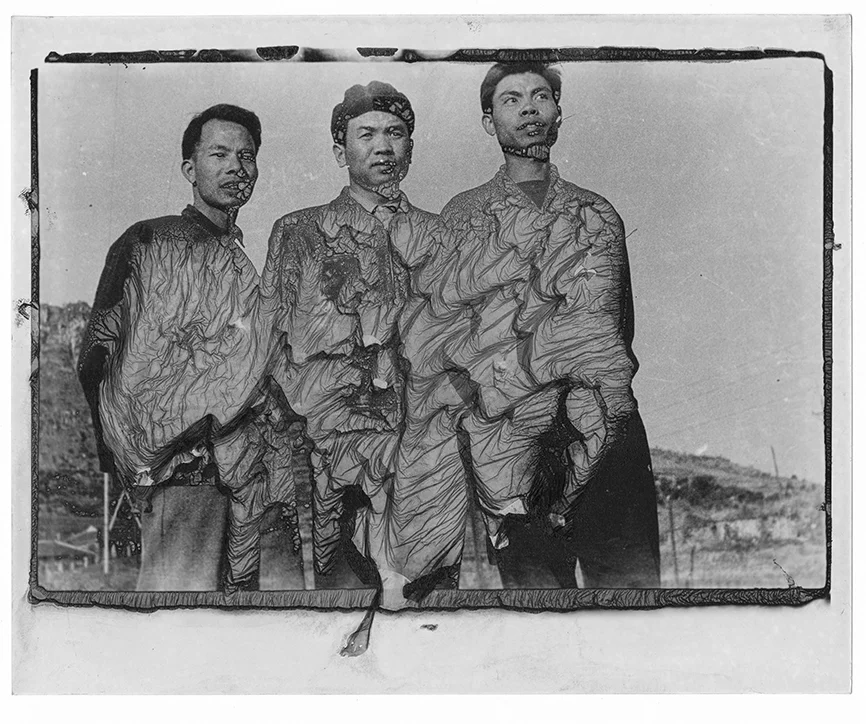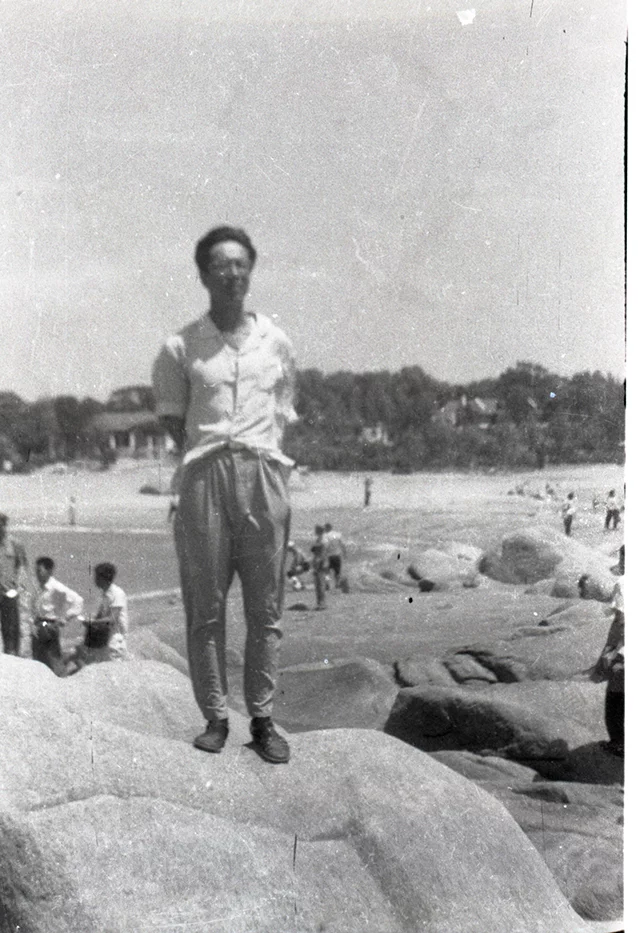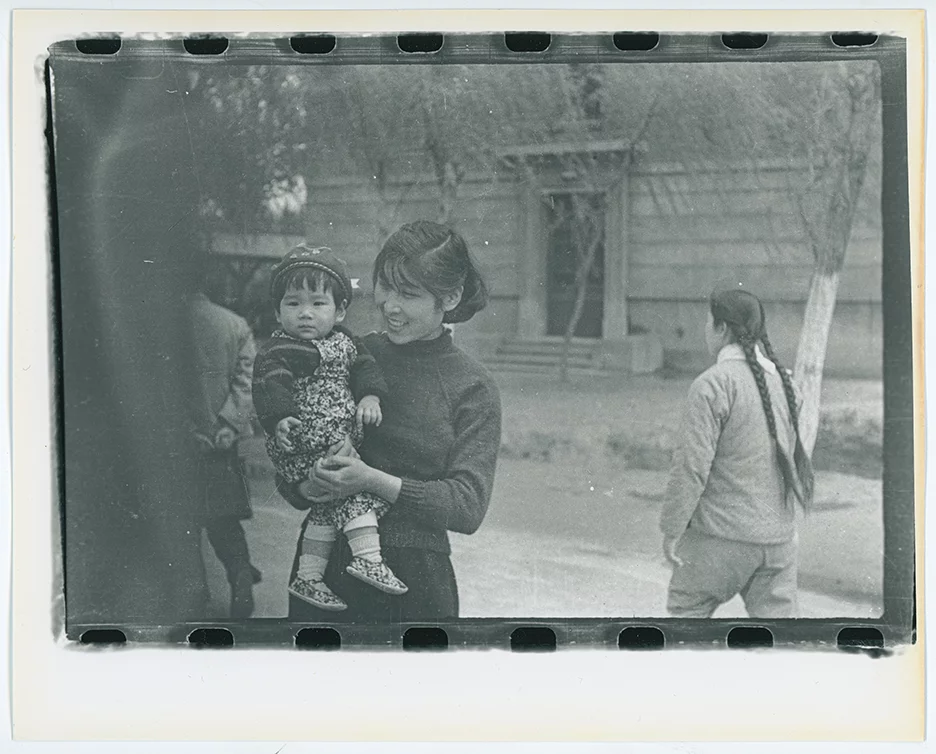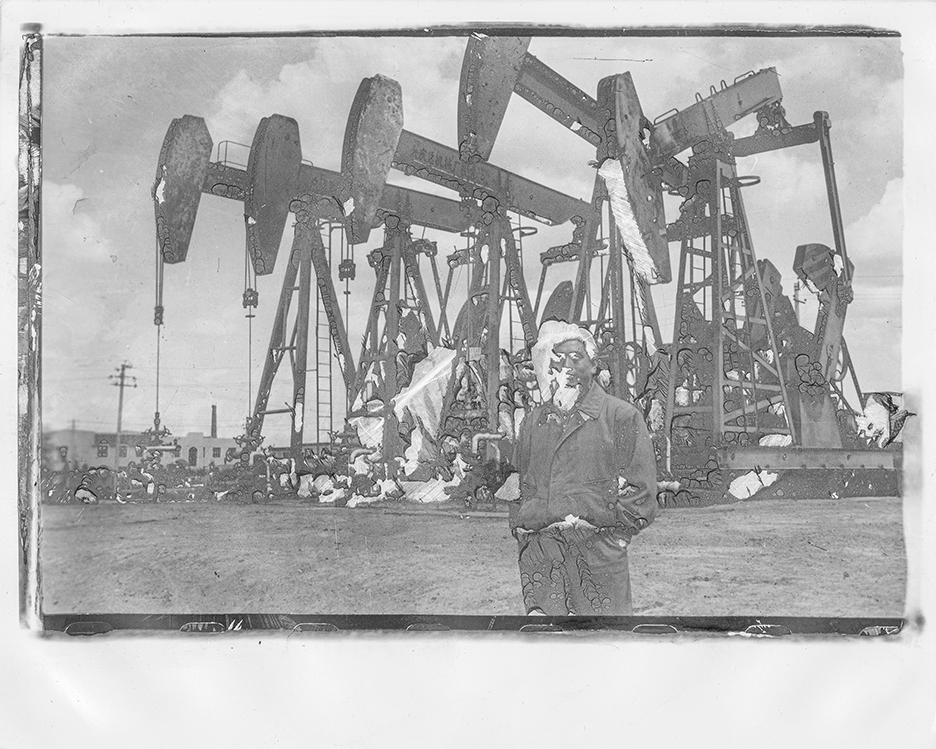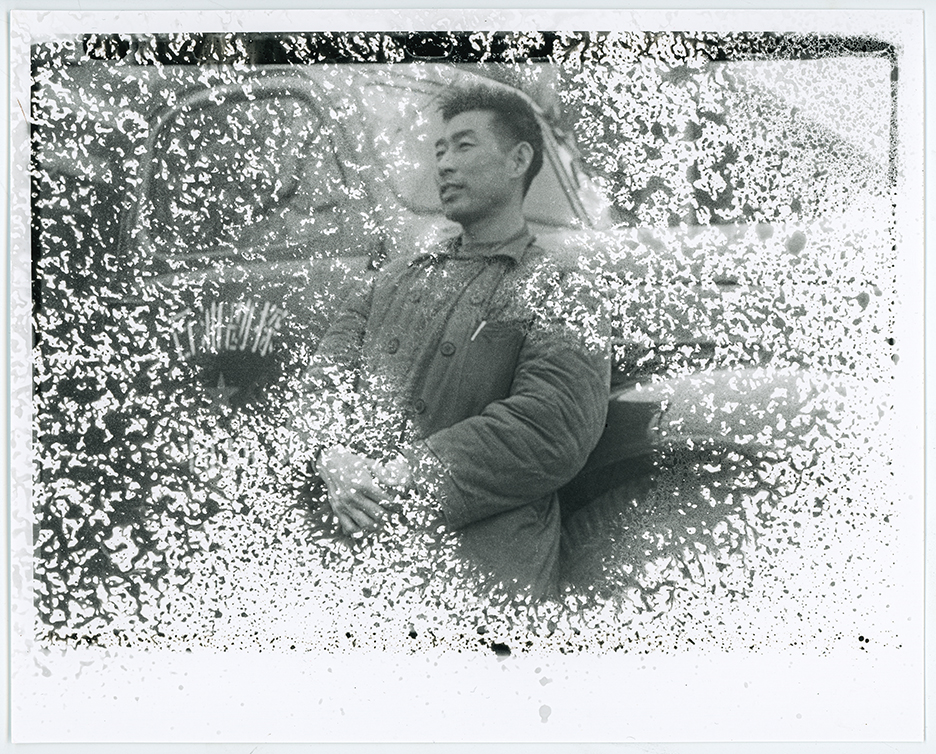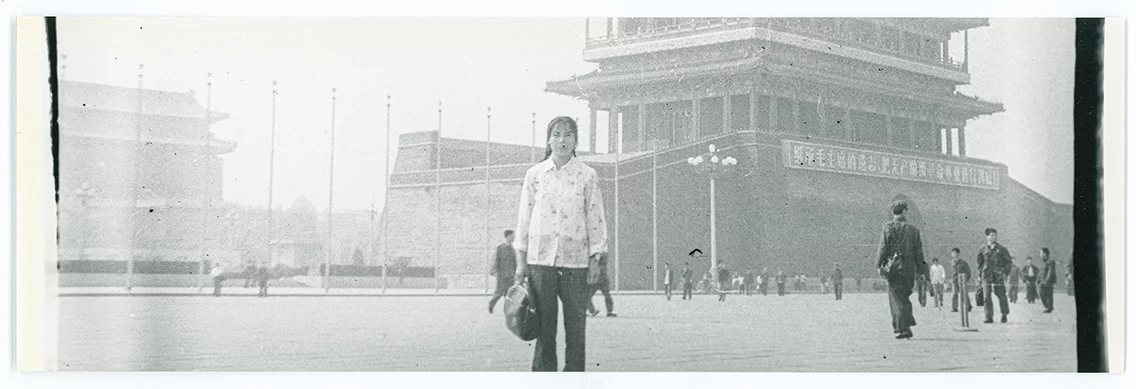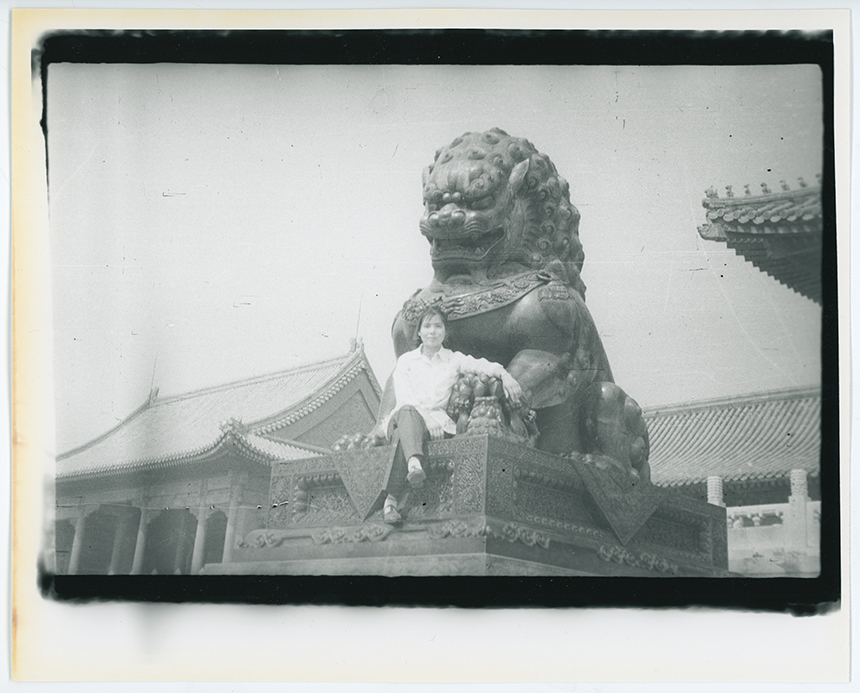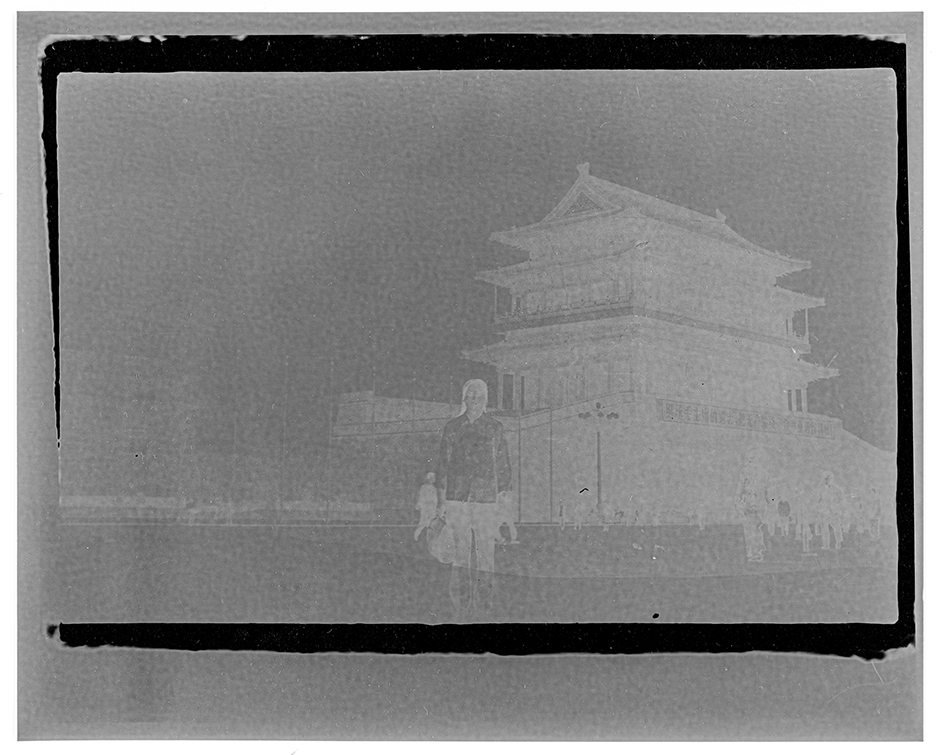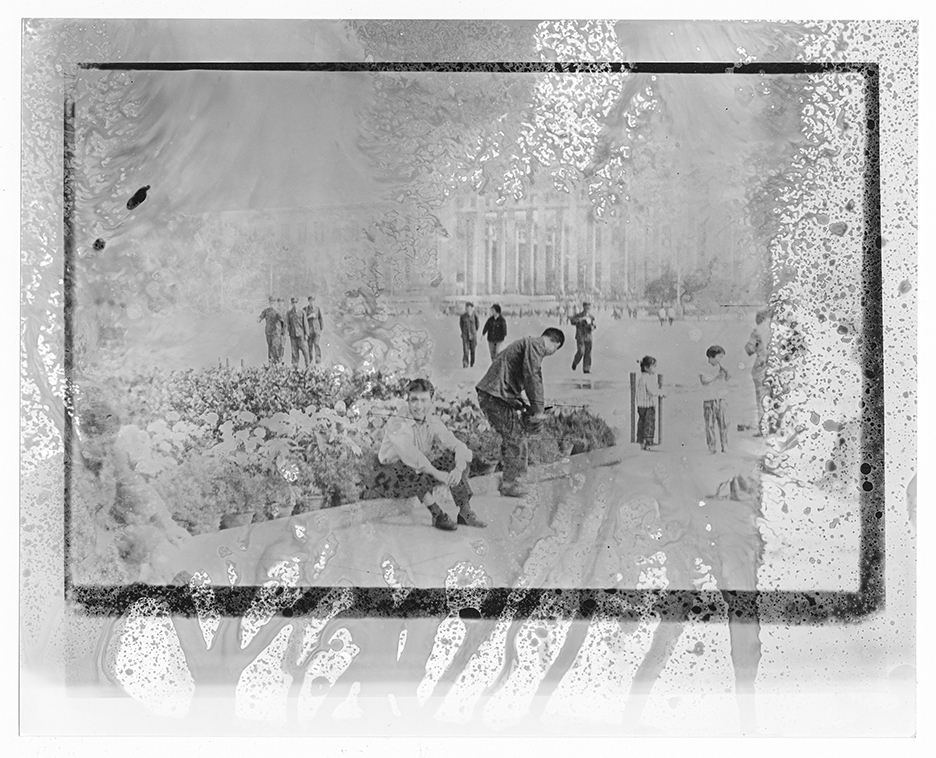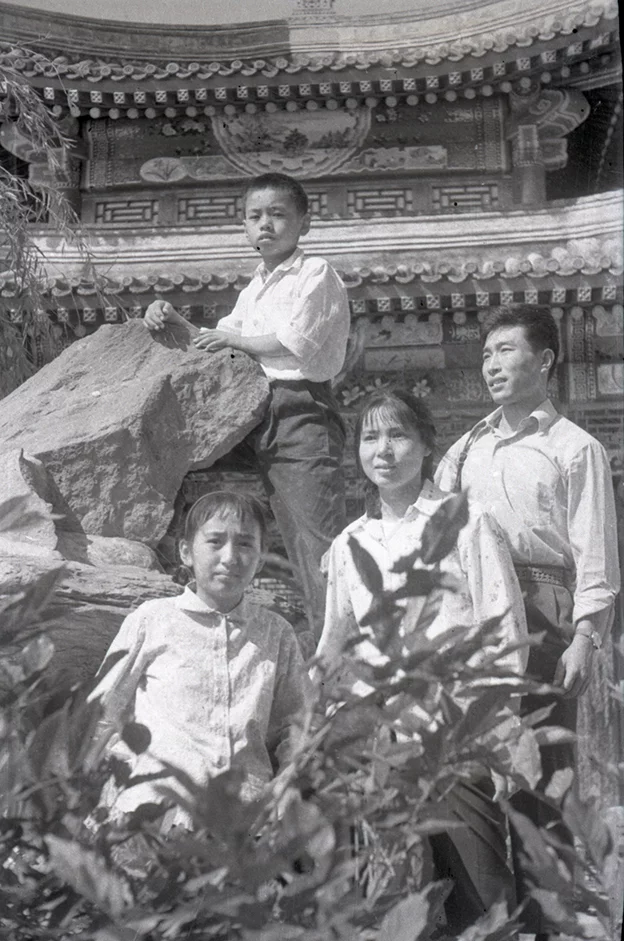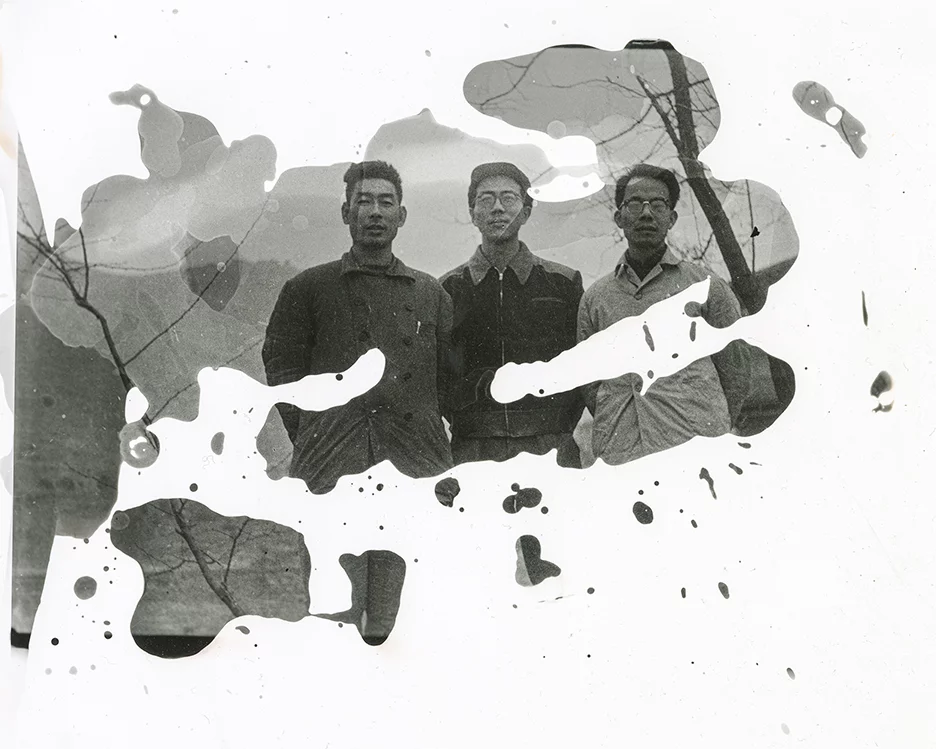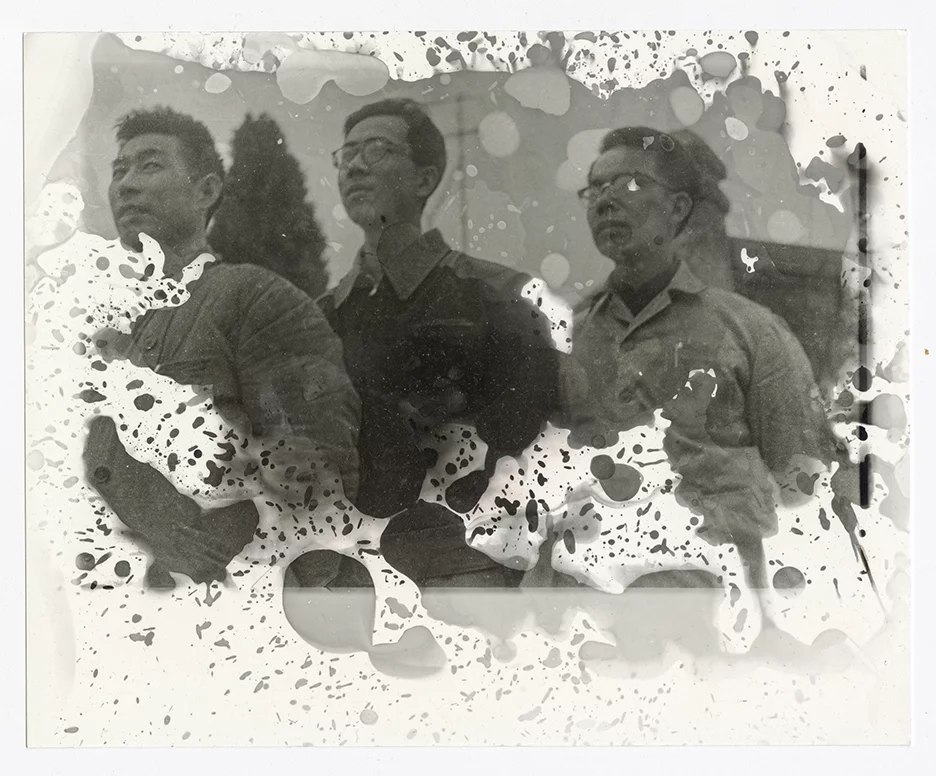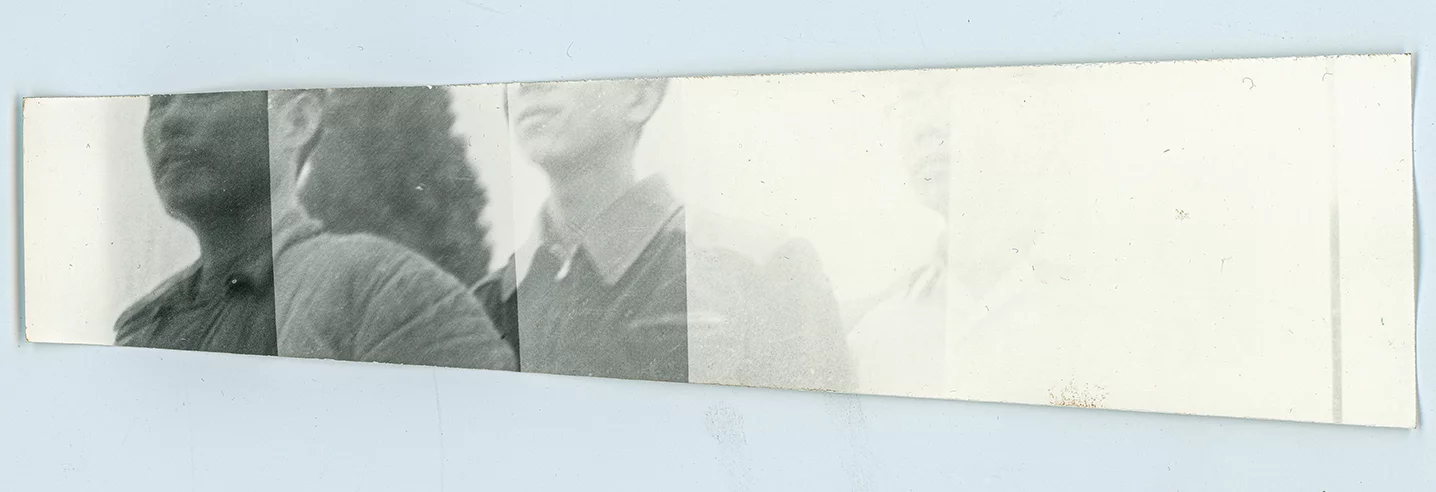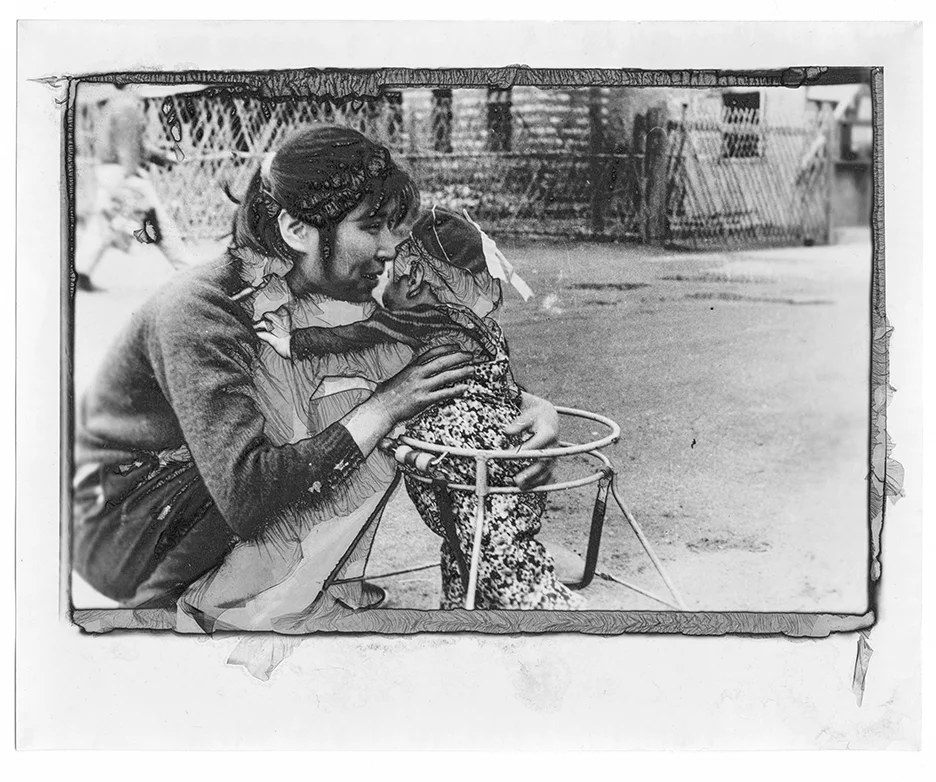Last year the photographer Haohui Liu revisited a single roll of negatives left behind by his late grandfather, Zhangming Chen, a professor of geology in Daqing, a city of three million in China’s far northeastern province of Heilongjiang. Daqing occupies a special place in post-war Chinese history. In 1959, oil was discovered in the area. Engineers and technicians such as Zhangming were dispatched to the city to manage the production boom that followed. Many spent the rest of their lives there. In Daqing’s harsh winters, the countryfolk who came to the city for work wore heavy padded clothes similar to prisoners. There are stories of the local police confusing them for runaway convicts when they returned home. In the 1960s, the Western powers, led by the United States, enforced an energy embargo on Mao’s China, an act of aggression compounded by the Sino–Soviet split, when the Kremlin also restricted supplies to the country. Faced with spiraling scarcity – Beijing buses in the period were converted to run off natural gas packs due to the lack of petrol – the ramped-up production of oil at Daqing made the city a savior of the revolution. ‘In Industry, Learn from Daqing’ runs one of Mao’s injunctions from the period. The city’s name, which was given to mark the tenth anniversary of the People’s Republic, means ‘Great Celebration’.
It is rare to see photos of Daqing from the 1960s that are not part of the official feting of the oil boom. Haohui’s grandfather was able to borrow a camera from his brother-in-law who had bought one while studying in the Soviet Union. It seems that he used his roll sparingly, taking these photographs over the course of many years. The images capture the grand hopes of these heady times, from a part of China that felt it was pulling the country into modernity. The faraway looks of the figures gazing beyond the horizon appear to funnel the great expectations of the pioneers of modern China. ‘Each face tells a story of endurance and adaptation,’ Haohui said. ‘They reflect the deep interconnection between the city’s people and its environment.’ The legacy of this period of industrial confidence can still be seen in Daqing today, in its sculptures and museums, as well as the pumpjacks that continue to work alongside the roads. The locals call them ‘kow-tow machines’.
Haohui’s achievement with these photographs – collated within his project ‘Shot in the 1960s, Printed Yesterday: The Great Celebration’ – surpasses mere restoration of images that would have otherwise been lost or destroyed. He has employed darkroom techniques that introduce new textures, accentuating the age and wear of the originals. ‘My approach goes beyond traditional printing,’ Haohui told Granta. ‘I experimented with alternative processes to create patterns reminiscent of oil, linking the physical medium of the photographs to the essence of Daqing itself.’ Much of the finessing came from Haohui spraying or damping developer to the paper, creating an uneven finish, as well as using mordançage. The silver gelatin – which is the dark part of the image – was lifted by chemicals, manipulated, and re-fixed onto the paper. The specialized technique requires copper chloride, acetic acid and hydrogen peroxide, so one has to be careful about ventilation.
The history of oil in Daqing in many ways tells the story of China itself. A country that had minimal energy demand in the 1960s started to export its oil in the 1980s and 1990s, primarily to Japan. To think of China as an oil exporter is difficult to imagine today, when the country has become the world’s largest fossil fuel importer. If the story of Daqing is being reprised anywhere, it is in the Chinese factories spitting out electronic vehicles at staggering speed, and in the mines of southern Africa, where Chinese companies extract the ingredients of the Green Revolution. Unlike the fossil fuel craze of Daqing in the 1960s, the Green boom has never been a secret, and its images are plentiful.
!-!-!-!


